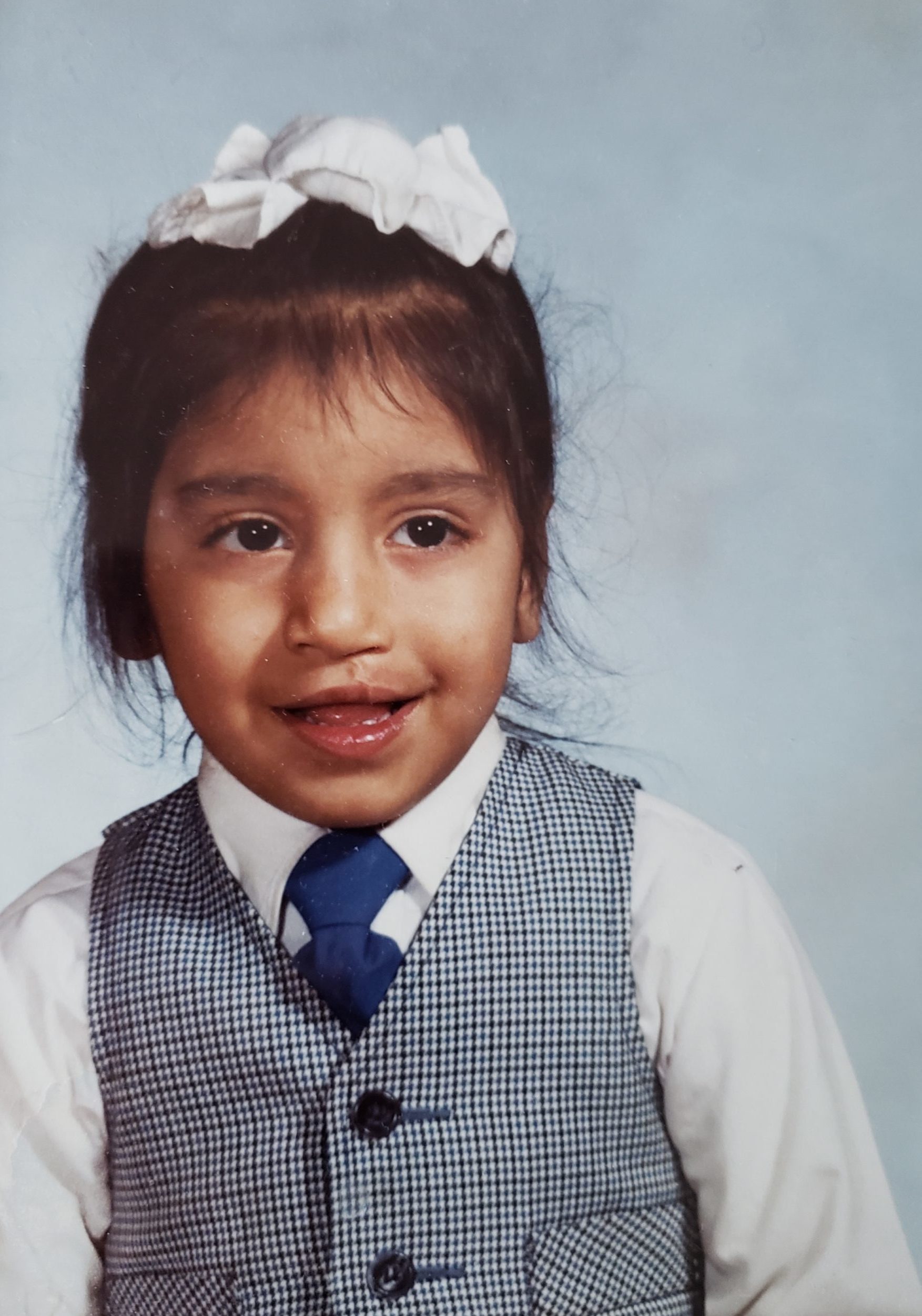About Cleft Lip and Palate

If a baby will have a cleft lip and/or palate anomaly is decided during the 5th (cleft lip and cleft lip and palate) and 12th (cleft palate only) week of pregnancy. There exist genetic predisposing factors, but environmental – non genetic factors – are usually very important. The mother creates the environment for the developing child. Research shows that health, nutrition, and lifestyle of mother may significantly influence whether a child will be born with a cleft or will be healthy.
Therefore, our prevention programs are directed especially to future mothers. They need to be aware what they should do or should not do and how they can get help and support from their family, health care providers and community.
Please, find more in our brochure “Can you prevent cleft lip and palate.” Versions in Spanish and also in other languages are coming soon.
The scientific literature provides us with wealth of very valuable information and continuously increases our knowledge about cleft lip and palate. We are continually updating access to new studies – see in the section “ARTICLES”. You may also reach us in the Questions and Answers section.
How Clefts Develop
- Orofacial clefts are caused by interactions between genetic and environmental factors.
- It is understood that genetic factors create a “susceptibility” for clefts. When environmental factors (triggers) interact with a genetically susceptible genotype, a cleft develops in an early stage of development.
- Mechanistically, a cleft develops when embryonic parts called “processes” (which are programmed to join with each other and form an individual part of the embryo) do not reach each other in time and an “open space” (cleft) between them persists.
- Processes “grow into an open space” by means of cellular multiplication, touch each other and fuse together.
- In general, any influence that could prevent the processes from reaching each other, by slowing down multiplication of cells, stopping this development for a while, or killing the cells which are already there, would cause a persistence of “open space” = cleft.
There are over 600 babies with a cleft born every single day somewhere in the world – every 4 minutes one of them is born. About 17 are born with a cleft every day in the USA, 6220 every year.
Apart from suffering, facial appearance, speech and dental problems, ear infections, etc. – a very conservative estimate of lifetime medical cost of treatment of an individual with a cleft is about $100,000 in the USA. For those born in the USA, it is about $622 million every year.
The situation is almost unmanageable in low-income countries where about 25% of individuals affected with cleft lip and palate may not get any treatment – not even a surgery. Therefore, there are so many surgical non-governmental organizations (NGO’s) – like The Smile Train, Operation Smile, Rotaplast International and others providing free reconstructive surgeries in less developed and developing countries.





